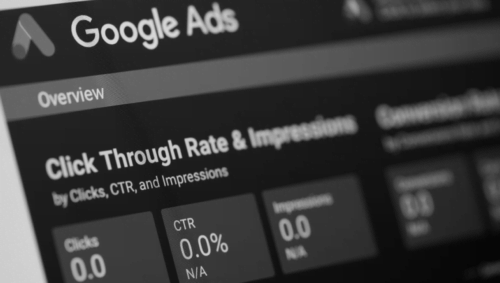It’s simple to underestimate the influence of traditional printing products on a company’s marketing plan in the digital age, when online marketing rules the roost. However, printed materials still serve a vital role in engaging with clients, promoting brands, and propelling business growth, even in the face of the proliferation of digital marketing channels. It is impossible to overstate the influence that printing products—from business cards to brochures, flyers to banners—has on a company’s marketing plan.
Creating a Unique Brand Identity
Products with printing on them act as physical manifestations of a brand. Their presence, along with the company’s colours and messaging, leave a lasting impact on prospective clients. Printed materials support the development and maintenance of brand identity, whether they take the form of a polished brochure presenting goods and services or a well-designed business card distributed at a networking event. Maintaining a consistent brand identity throughout all printed materials helps people recognise brands and develop trust in them, which in turn promotes customer retention and brand loyalty.
Personalised Advertising
The ability to target particular audiences with printed items is one of their main advantages. Printed materials can be strategically dispersed to reach the target population, unlike online marketing that can be quickly ignored or filtered away. For example, a neighbourhood restaurant may use postcards or fliers to draw in people from the neighbourhood, and a specialised publication may run ads aimed at a certain interest group. Businesses may effectively communicate with their target market and boost the possibility of conversion by customising printed items for particular demographics.
Concrete Involvement
Printing things provide a tactile experience that is unique in an increasingly digital environment. Printed goods physically engage the senses and leave a lasting effect on the recipient, in contrast to digital content that can be simply swiped past or closed with a click. These sensory experiences draw attention and raise the perceived value of the brand, whether it’s the weight of a properly printed brochure, the vivid colours of a well-designed poster, or the texture of premium paper. Printed materials can also be saved for later use, acting as ongoing reminders of the company and its products.
Developing Trust and Credibility
In a time of internet fraud and information overload, printed materials can assist companies in building audience legitimacy and confidence. Expertly created and printed brochures exude authenticity and professionalism, fostering trust in the company and its goods or services. For instance, a well-designed product catalogue can demonstrate the calibre and range of offerings, assuring clients of the company’s know-how and dependability. Investing in superior printing solutions allows firms to stand out in a crowded market and demonstrate their dedication to excellence.
Combining Digital Marketing with Integration
Although printed goods have their own benefits, their influence can be increased by combining them with online marketing initiatives. To bridge the gap between offline and online channels, QR codes placed on flyers or posters, for example, can link customers to the company’s website or social media accounts. In a similar vein, direct mail campaigns that use personalised URLs (PURLs) provide the ability to monitor response rates and gauge how successful printed materials are. Businesses may develop unified and effective marketing campaigns by fusing the reach and tangible nature of printed items with the targeting and analytics of digital marketing.
In summary, printing items continue to be an important part of a company’s marketing arsenal because they provide distinct benefits for creating a brand identity, focusing on certain markets, interacting with clients in person, establishing credibility, and working in tandem with digital marketing initiatives. The continuing attractiveness of printed materials is their capacity to stand out from the digital cacophony and leave a lasting impact on customers, even while digital channels continue to develop and grow. Businesses can improve their marketing strategy and promote sustainable growth in today’s cutthroat market by utilising the power of printing items effectively.





